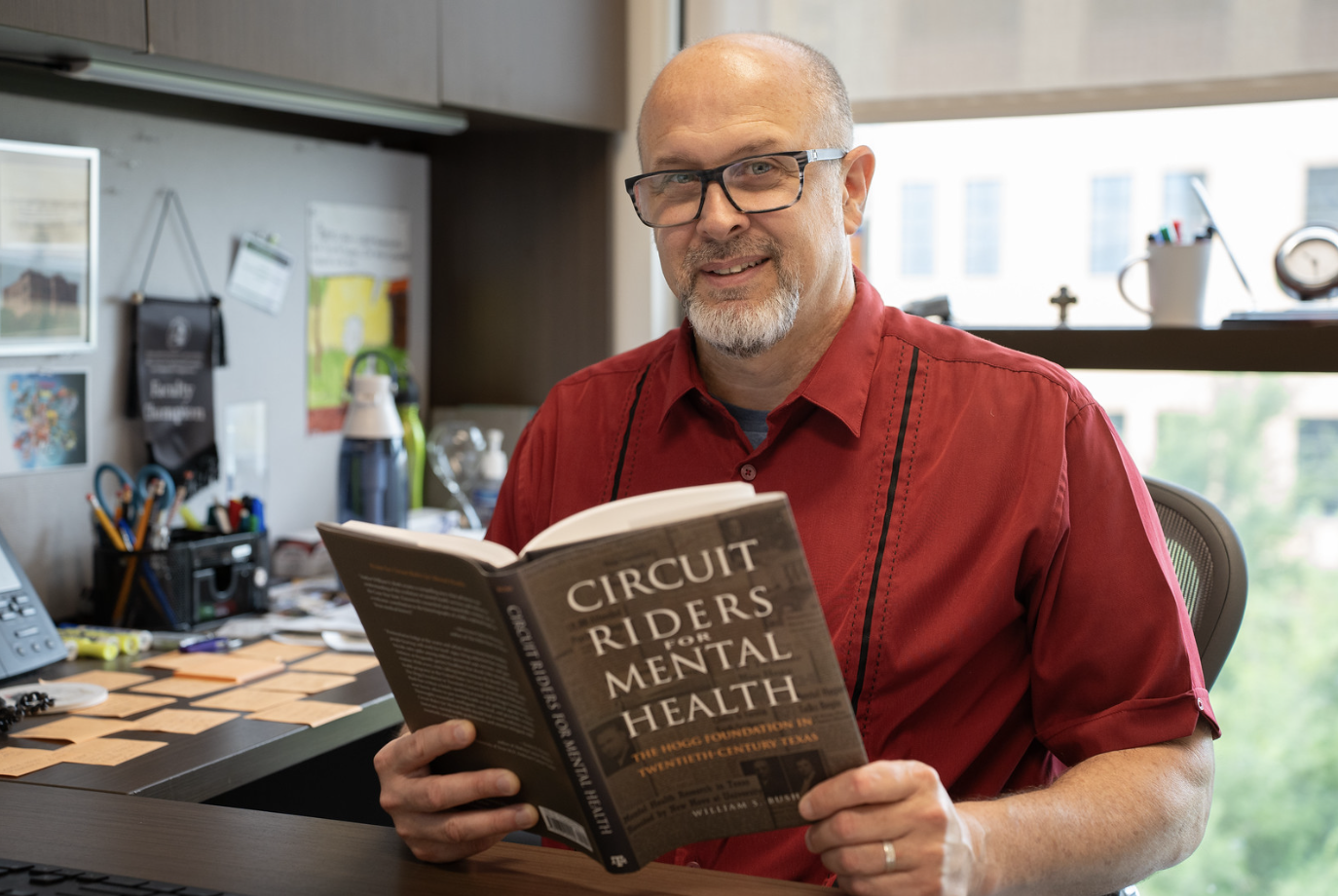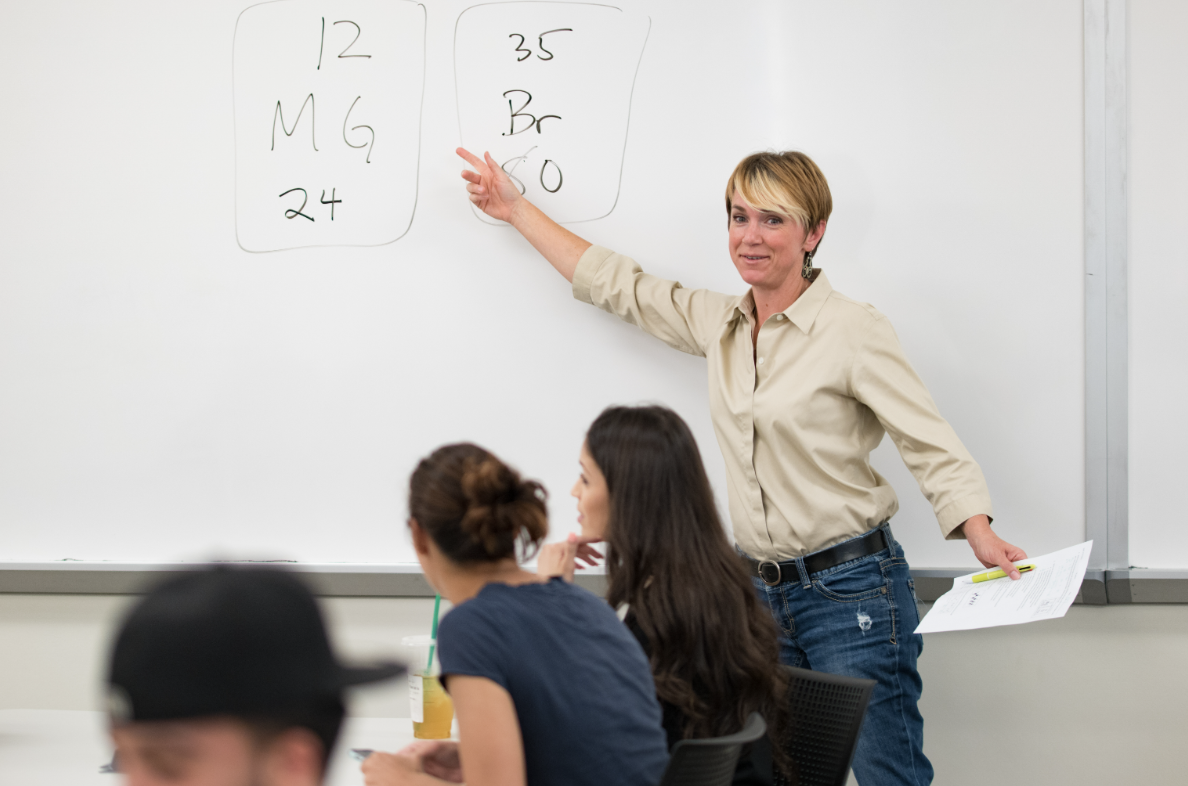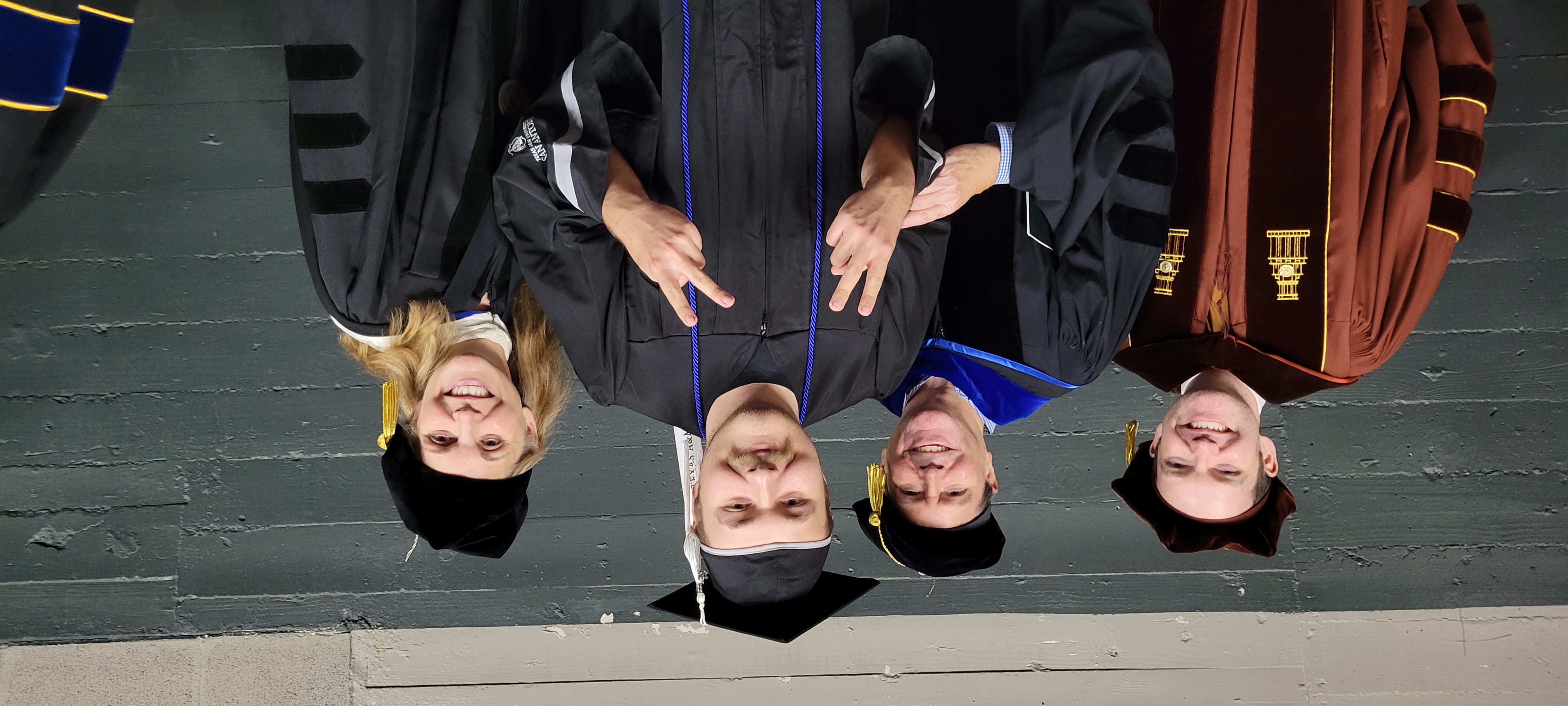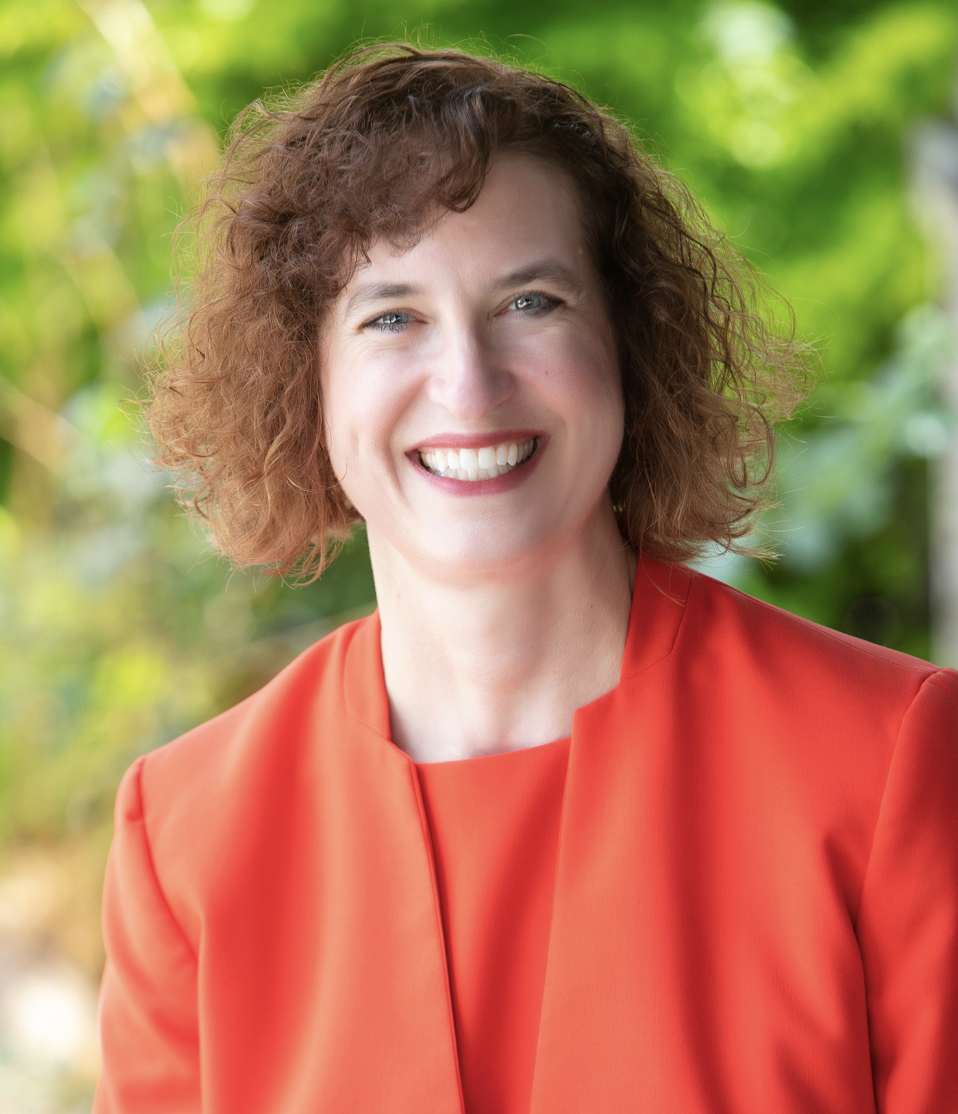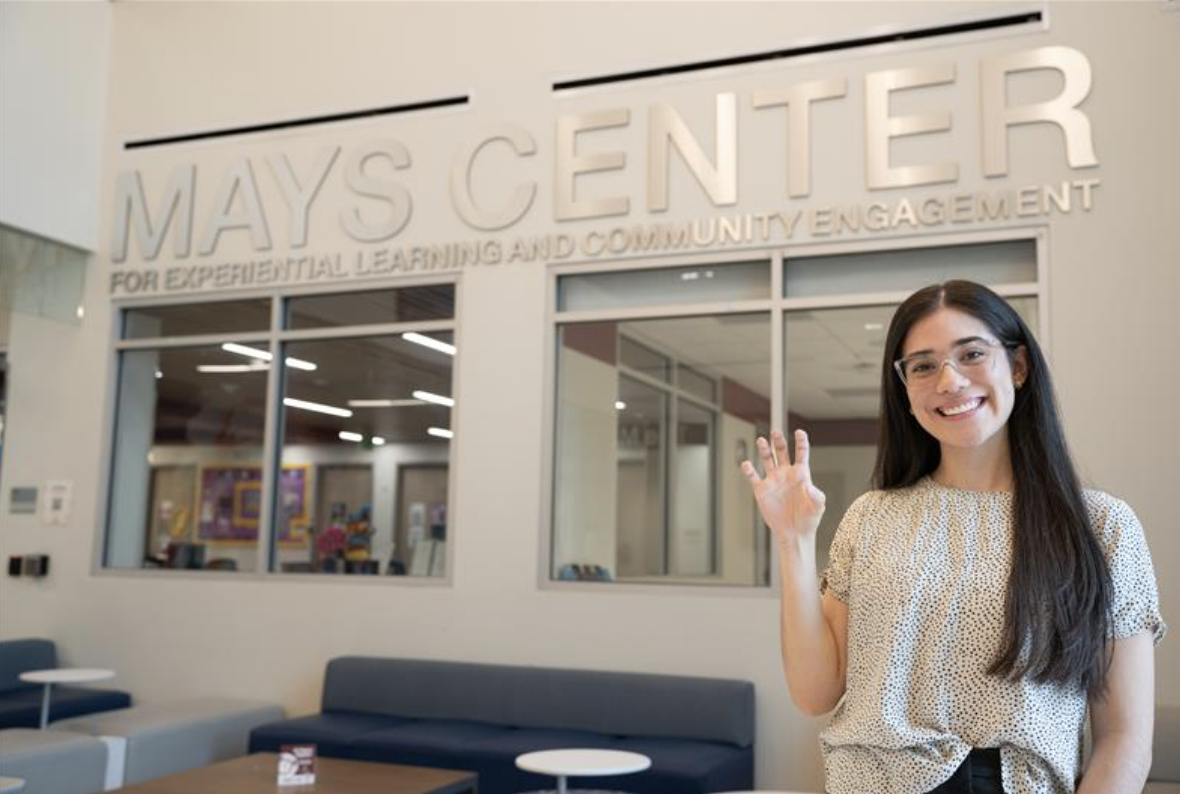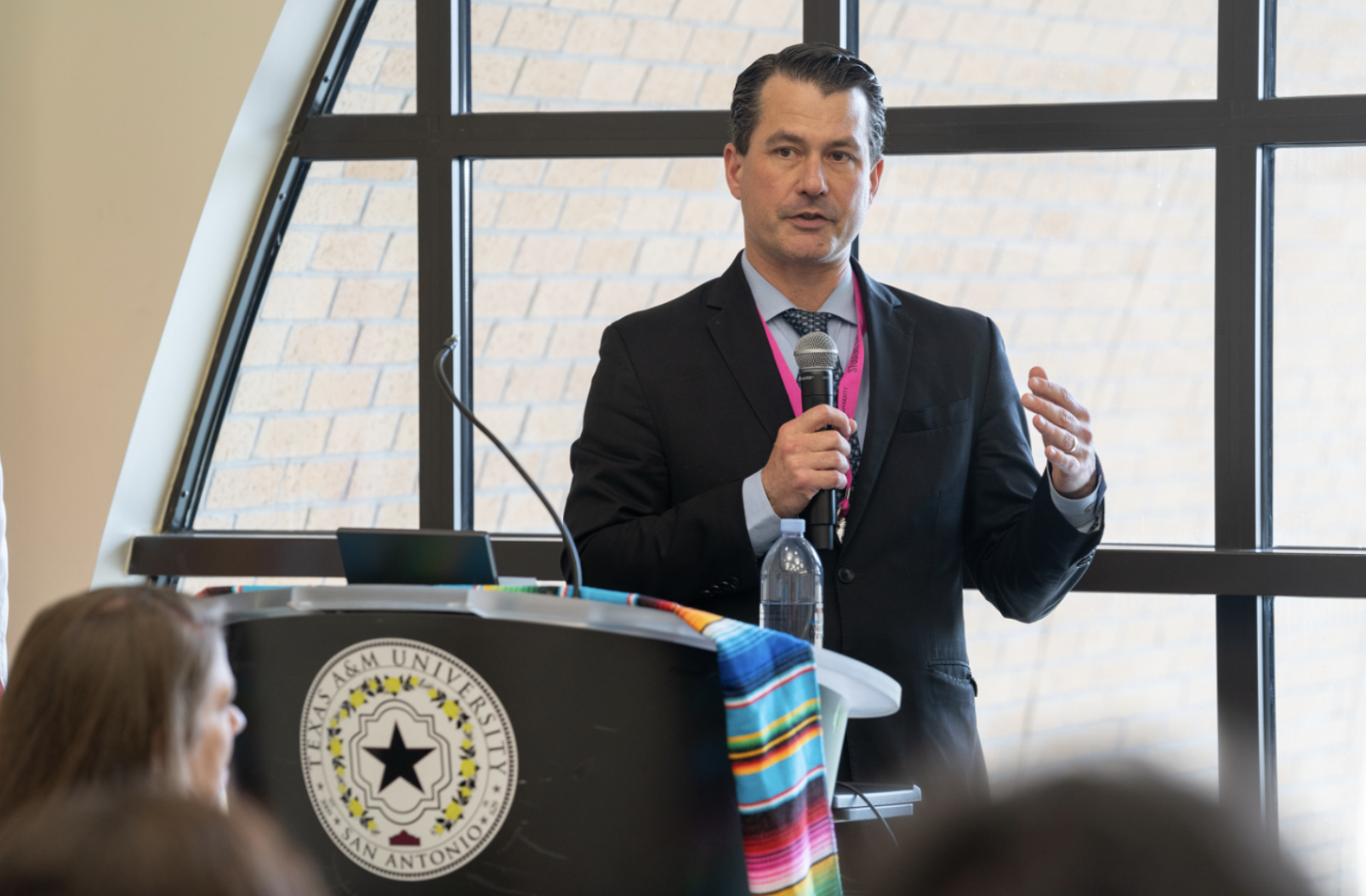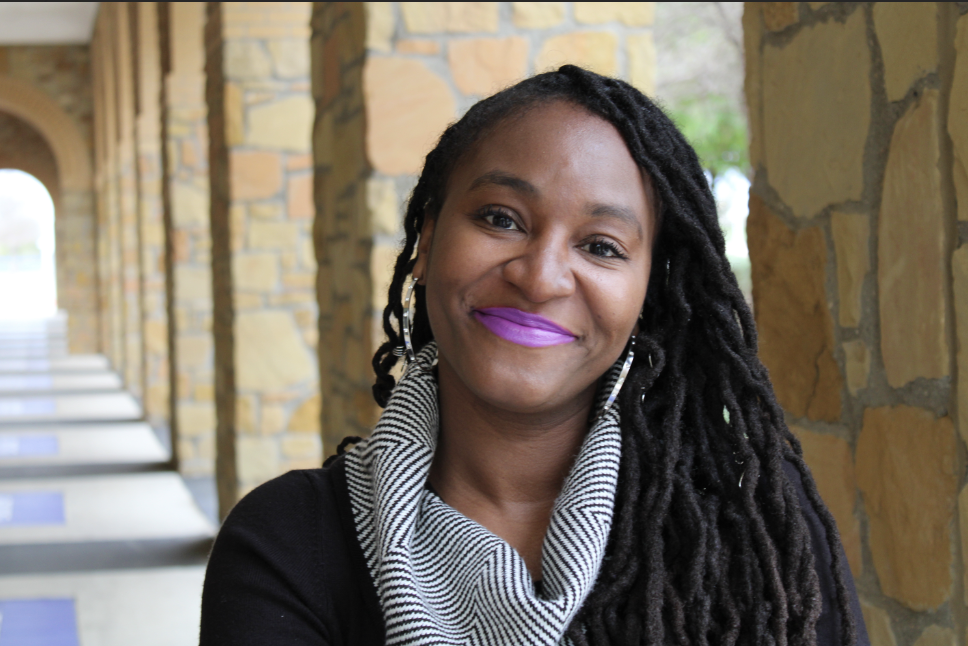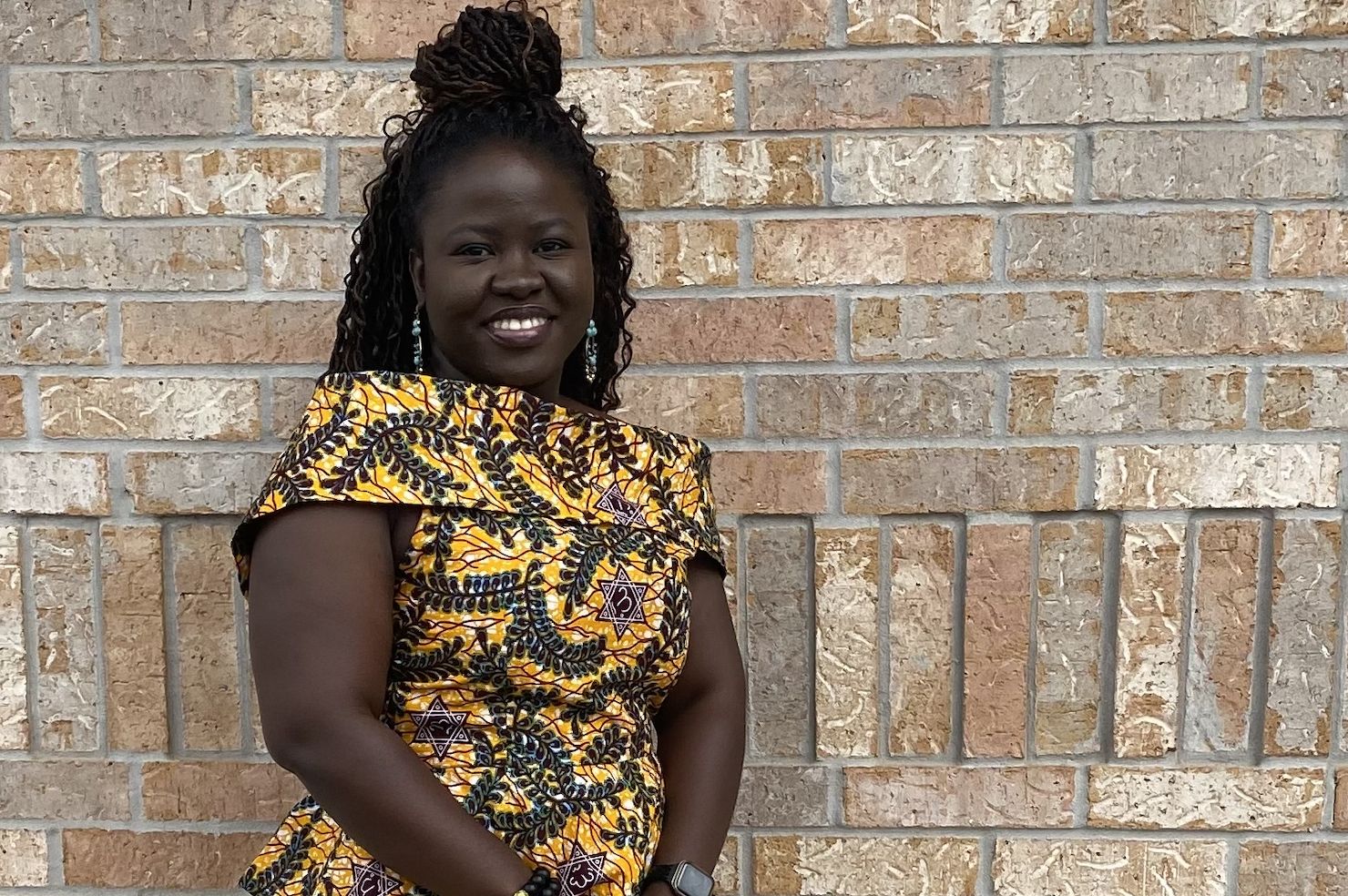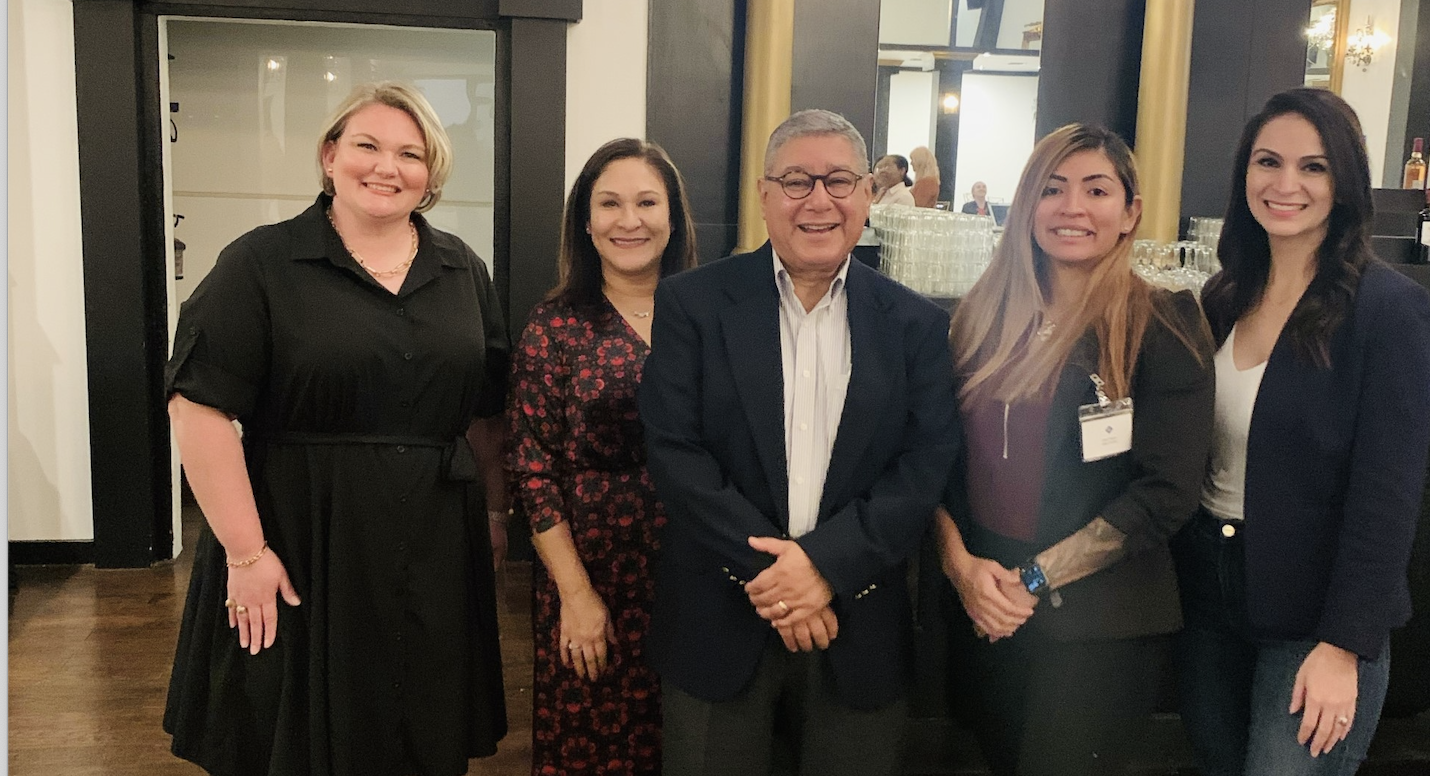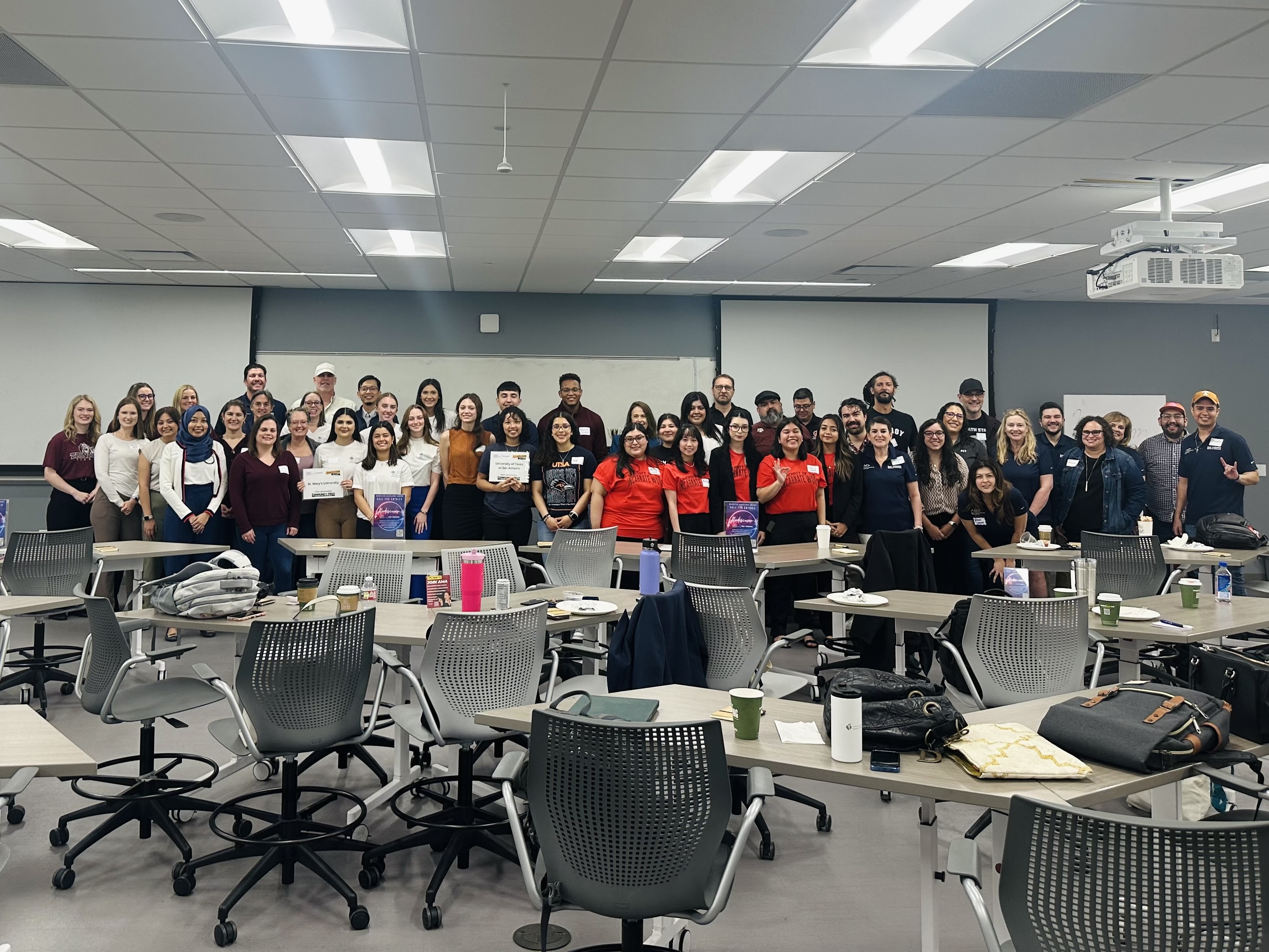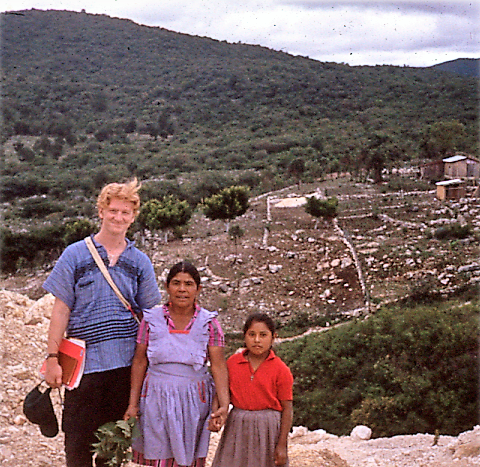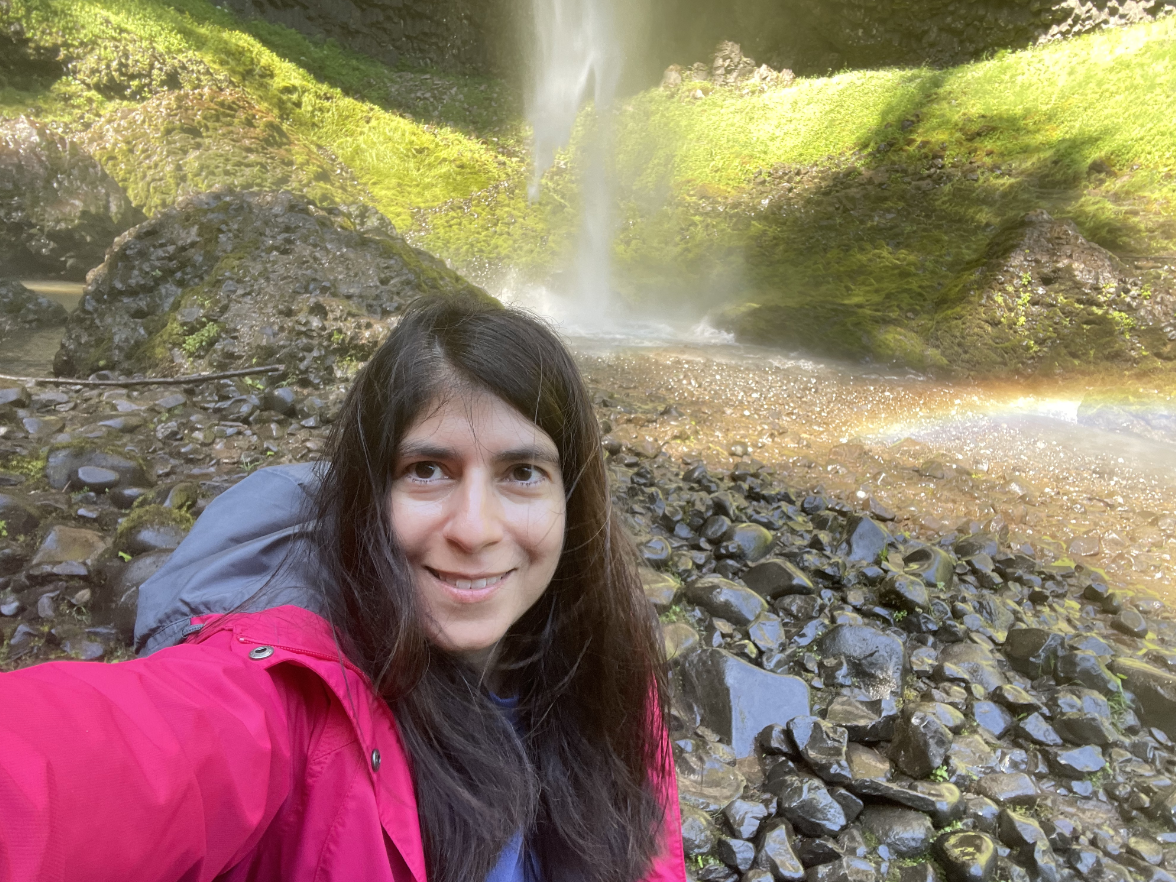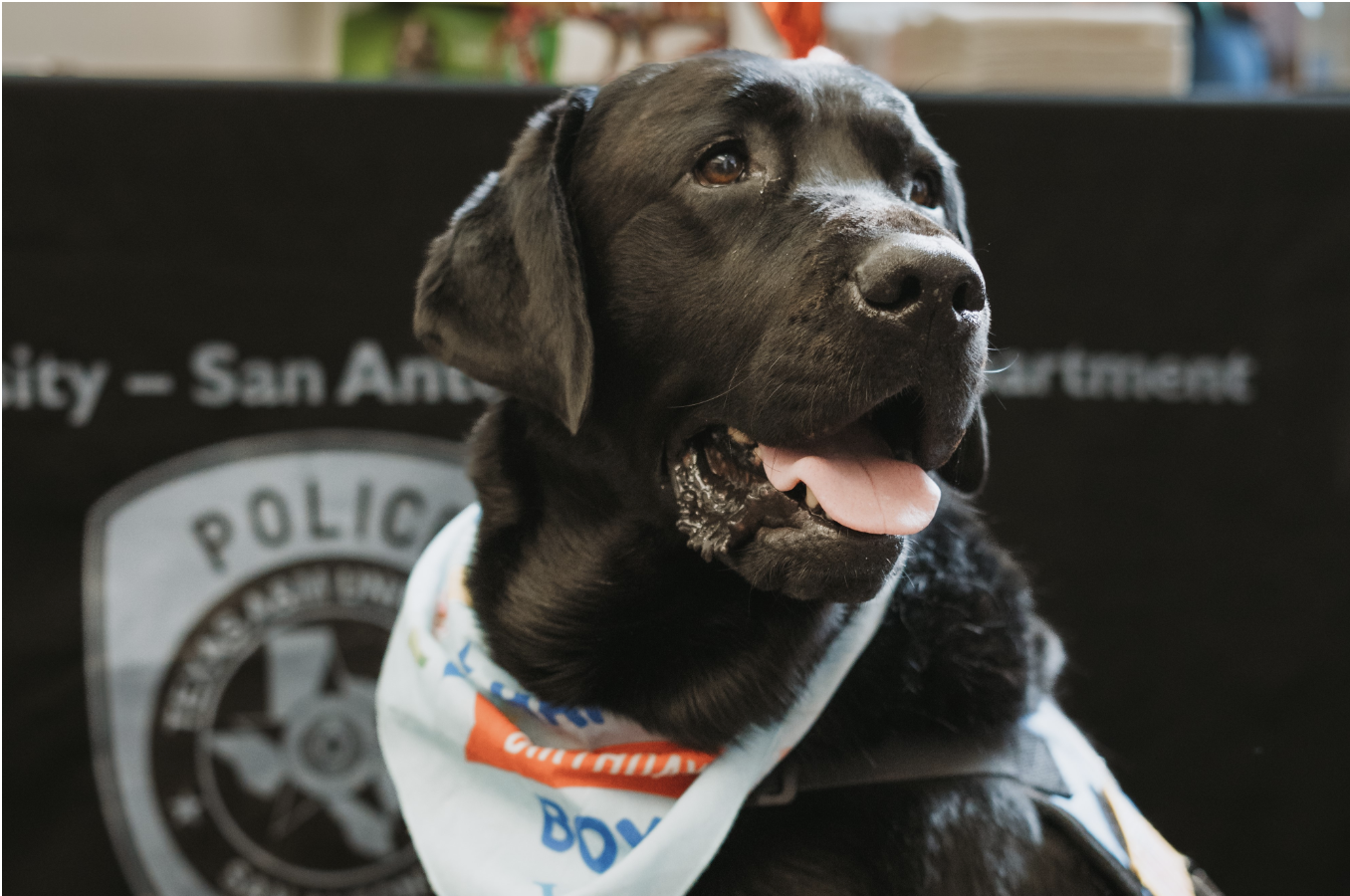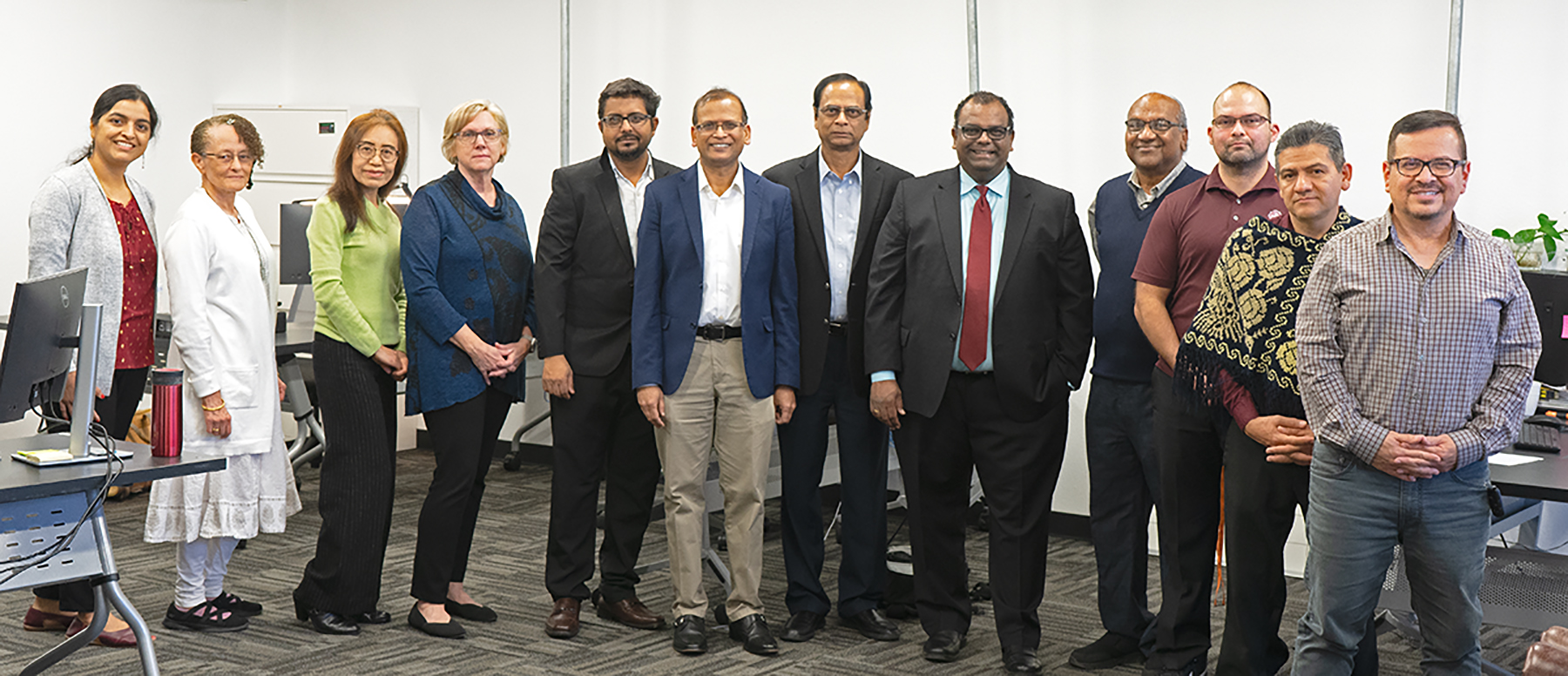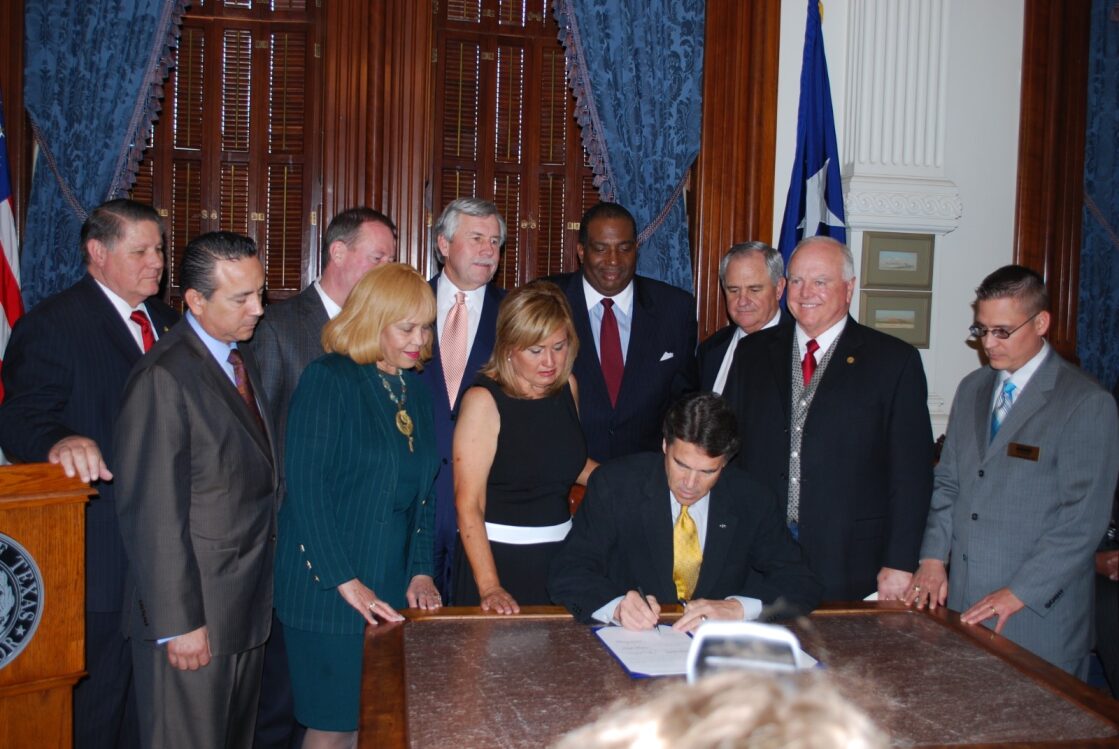Digital Inclusion Project will help bridge gap in technology access for local K-12 students.
Texas A&M University-San Antonio received a $750,000 grant from USAA to jump-start a pilot program addressing digital inclusion in south Bexar County. Initially, the Digital Inclusion Project will affect 2,400 homes in Edgewood Independent School District, neighborhoods adjacent to Sidney Lanier High School and Gus Garcia University School, a charter middle school formed in partnership with A&M-San Antonio as an initiative of the ASPIRE collaboration.
The Digital Inclusion Project pilot, created in partnership with the City of San Antonio and City Education Partners, will address digital inclusion in south Bexar County. One component of this initiative entails working collaboratively with the City of San Antonio’s Connected Beyond the Classroom initiative, targeting 50 neighborhoods and eight independent school districts with digital inclusion strategies.
“We are deeply grateful to USAA for this support of the Digital Inclusion Project, which is at the forefront of supporting digital equity in our community,” said A&M-San Antonio President Cynthia Teniente-Matson. “As a public university, A&M-San Antonio carries a responsibility for advancing educational outcomes and supporting workforce development in the communities we serve. Our shared commitment with the City of San Antonio and City Education Partners is collective impact in action.”
The digital gap was made more evident during the pandemic when virtual classrooms and online assignments became the norm. Students can easily fall behind in coursework due to a lack of access to internet and digital resources.
“The digital divide is a reality impacting many in our San Antonio community,” said San Antonio Mayor Ron Nirenberg. “Through USAA’s investment and A&M-San Antonio vision and expertise, the Digital Inclusion Project will expedite much needed access and technology support for our K-12 students and their families providing technical helpdesk expertise during these times of remote learning.”
Students and families participating in the DIP program will receive technology support through a newly formed centralized helpdesk operated by the University’s Information Technology Services unit. The support will be delivered by A&M-San Antonio student employees trained in technology support and customer service.
“The timeliness of the Digital Inclusion Project could not be more fitting. The pandemic brought to light the immense inequities in access to technological resources and this innovative initiative addresses many of those needs directly” said State Rep. Diego Bernal. “As someone in a position of public trust, I am committed to efforts
that serve the greater good. Receiving technology resources can and will make a difference in the lives of thousands in our community and ultimately we all share in their success.”
“Since the pandemic began in March, many families across the country have experienced hardships related to food insecurity, limited access to technology and connectivity for remote schooling, lack of childcare and sometimes even homelessness,” said Harriet Dominique, USAA’s chief diversity, inclusion and corporate responsibility officer. “Aligned with our mission, we hope this continued support that we are able to provide to key nonprofit organizations helps with some of the burdens families are experiencing.”


